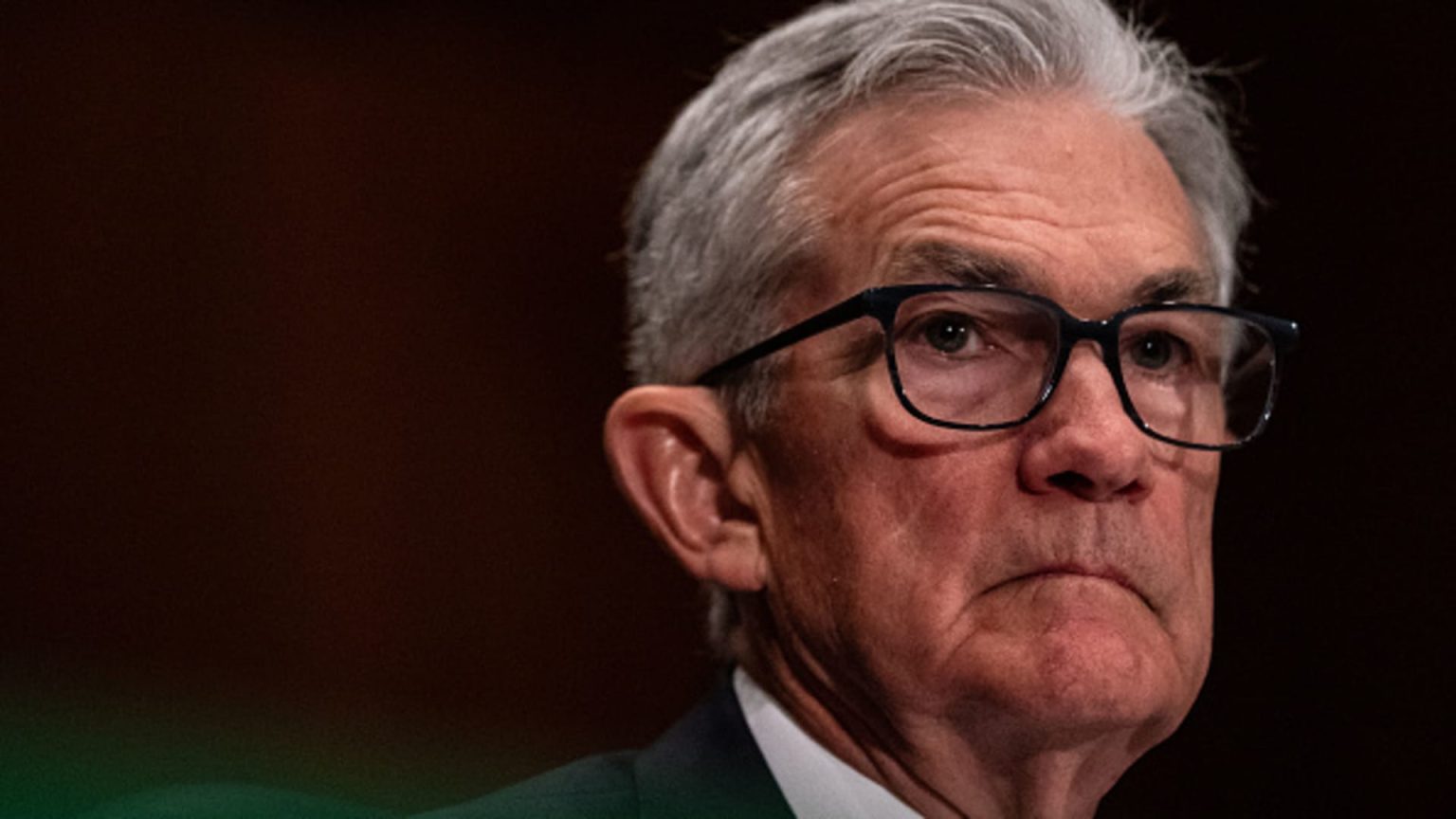The Federal Reserve is currently facing stubborn inflation levels, raising concerns about the direction of its policies. The central bank is expected to keep its key overnight borrowing rate in a range between 5.25%-5.5% for some time. Policymakers on the Federal Open Market Committee agree that recent inflation data is too high for near-term action, but they remain hopeful for rate cuts in the future. The Fed is likely to announce a reduction in the rate at which it is running down its bond holdings as part of the process known as “quantitative tightening.”
Chair Jerome Powell and other officials have stated that they will not consider cutting rates until they are more confident in the direction of inflation. Powell emphasized the need for greater confidence in inflation moving toward the 2% annual goal. Market reactions have been relatively stable since Powell’s comments, with investors seeming to accept the possibility of higher interest rates for a longer period. While there is little expectation for significant changes during the meeting, Powell’s remarks will be closely watched for potential surprises.
Recent economic data has shown inflation running above the Fed’s target, further jeopardizing the prospect of rate cuts. The Labor Department reported a rise in the employment cost index, indicating a lack of progress in curbing inflation. Futures market pricing suggests only a 50% chance of a rate cut by September and anticipates one quarter-percentage-point reduction by the end of 2024. Some Wall Street analysts hold out hope for rate cuts later in the year, depending on upcoming inflation reports.
The Fed may announce changes to its balance sheet policy at the meeting. The central bank has been gradually reducing its bond holdings, but officials discussed cutting this runoff pace by roughly half during a previous meeting. Despite the reduction in holdings, a lack of Treasury bill issuance has led to elevated bank reserves held at the Fed. If these reserves do not decline, policymakers may be forced to prolong quantitative tightening.
While the Fed’s outlook on rate cuts remains uncertain, some economists believe that inflation data could prompt the central bank to adjust its stance. Goldman Sachs expects cuts in July and November unless there are moderate surprises that delay the rate cuts further. The potential for higher tariffs post-election could contribute to inflationary pressures. However, there is consensus that rate hikes are unlikely at present due to the absence of significant inflationary signals.
Overall, the Federal Reserve is expected to maintain its current policy stance at the upcoming meeting, with a focus on not raising rates until there is greater confidence in inflation. Powell’s comments and potential changes to the balance sheet policy will be key points of interest for market participants. The central bank is in a holding pattern as it navigates persistent inflation and seeks to strike a balance between economic growth and price stability.


